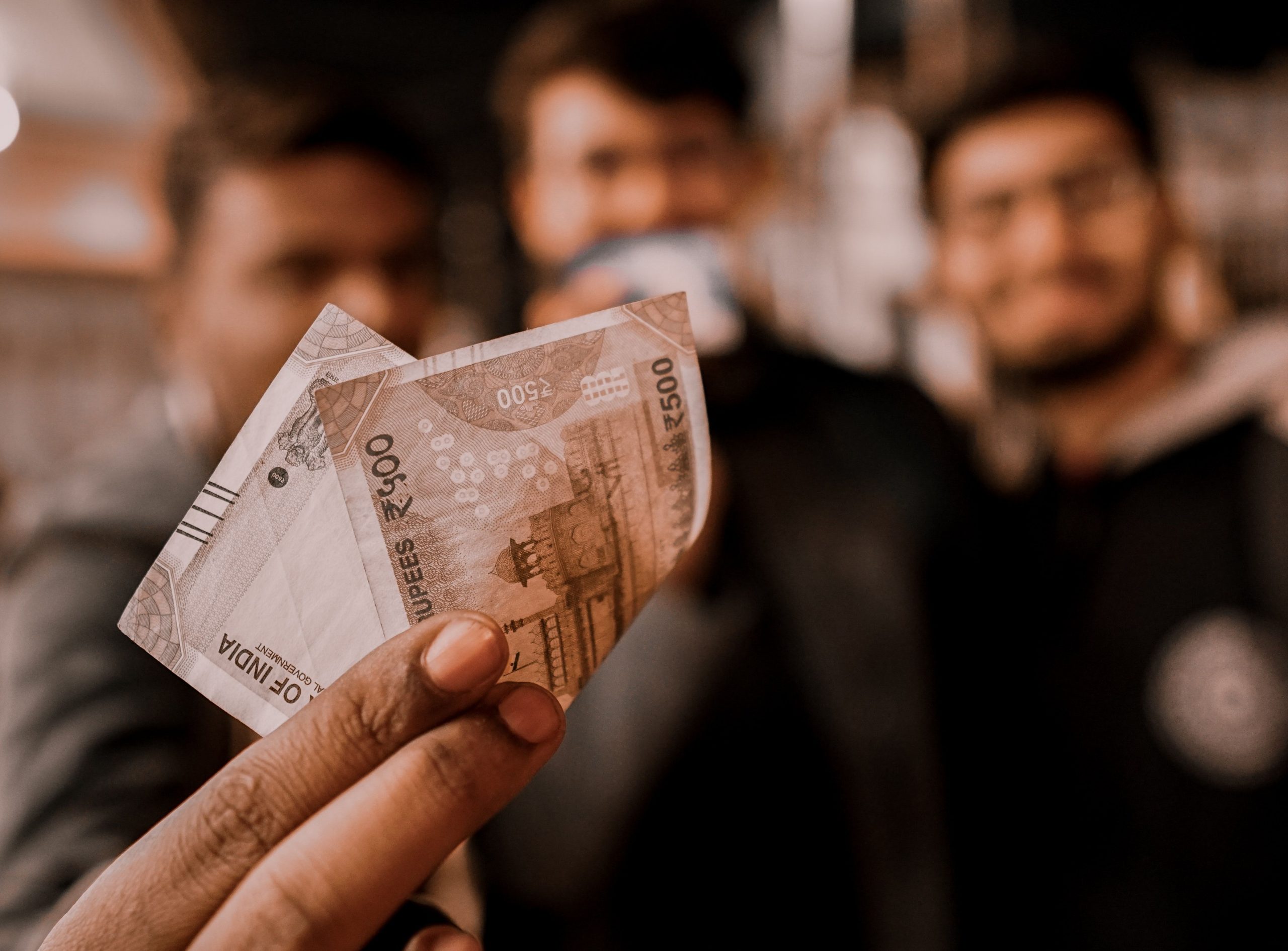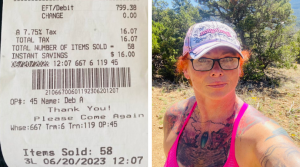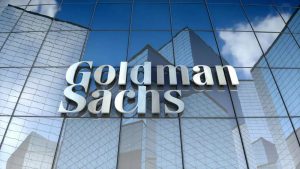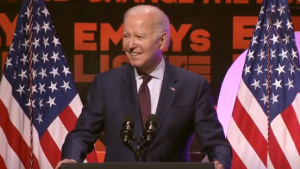The Reserve Bank of India’s (RBI) Monetary Policy Committee (MPC) announced a 50 basis points (bps) hike in the repo rate to 5.90% on Friday to bring soaring inflation back to its target. “Consequently, the standing deposit facility (SDF) rate is now at 5.65% and the marginal standing facility (MSF) rate at 6.15%”, RBI Governor Shaktikanta Das said. The MPC also retained its current stance of remaining focused on the withdrawal of accommodation. The decisions on both the rate hike and the stance saw a majority of five votes and dissent of one vote in the six-member MPC, said the RBI Governor.
Also Read | RBI MPC Meet: 10 Key highlights from Governor Shaktikanta Das’ speech
While raising the repo rate was an expected measure to control inflation, here’s how a hike in the repo rate impacts you:
Increased cost of borrowings
An increase in repo rates means a rise in the cost of borrowing. This is because when the repo rate increases, the borrowing cost for banking institutions also increases, which is passed on to account holders in the form of higher deposit and loan interest rates. According to Subhash Goel, MD, Goel Ganga Developments, many banks started raising interest rates on lending and deposit schemes after the statement made by the RBI. The increase in RBI’s rate will also affect residential sales growth. Due to the ongoing rise in raw material costs, builders throughout the country have already hiked real estate prices.
Also Read | Why interest rates are being hiked globally?
“The rise in consumer demand and their capability to afford will continue to be optimistic; snugly interest rates may shake the momentum of sales, with the real estate market recovery continuing at a slow pace,” Goel said to Livemint.
Suren Goyal, Partner at RPS Group, said, “Borrowing money from a bank becomes more expensive as a result, slowing investment and money supply in the market. The real estate sector, which has seen a good pickup in sales due to low financing costs, may be adversely affected by the RBI’s rate hike step.”
Also Read | RBI monetary policy committee meet: An overview
Loan EMIs
As the banks, NBFCs, and housing finance companies raise their lending rates, EMIs for current borrowers will also go up accordingly. All sorts of loans like Home loans, vehicle loans, education loans, personal loans, business loans, credit cards, and mortgages are affected by a repo rate hike.
According to an Economic Times report, after the latest 50 bps interest rate hike, if you have a home loan with Rs 30 lakh outstanding with a balance tenure of 20 years at 8.5% per annum interest, your EMI will increase by Rs 957 from Rs 26,035 to Rs 26,992. For each lakh rupee of loan, you may have to shed Rs 31.90 extra for EMI for similar tenure and interest rate hikes.
Also Read | Rupee rises 12 paise to 81.61 against US dollar after RBI hikes repo rate
Fall in demand for goods and services
A hike in interest rates will definitely impact consumer demand for houses, consumer durables, and other discretionary items. According to experts, this disrupts the demand and supply chain. When commercial banks increase the interest rates on deposit accounts, customers get higher returns on their savings and they prefer to keep money in the banks. It reduces the money in circulation or liquidity. Thus, the demand falls.
Also Read | How inflation affects RBI’s interest rate policy
Secondly, the banks hike the interest charges on the loans like home loans, car loans, etc, making loans costlier for consumers. So, they prefer to take fewer loans, reducing the money at their disposal. Will loans, they are unable to make big purchases like buying a new home, car, or even education in some cases.
The fall in liquidity leads to a decline in demand in the economy, bringing the inflation figures down in the medium or long term and the common man would benefit from better purchasing power.
Also Read | Got responses from many countries for rupee settlement mechanism: RBI
Impact on savings and fixed deposits
However, increased rates are beneficial for such consumers who have savings and fixed deposits. According to experts, consumers with short and medium-term deposit rises, like savings and fixed deposits (FDs), would benefit from higher interest rates as they will receive higher returns on their deposits depending on how banks pass the new interest rate hike.
Also Read | RBI MPC meet: Home loan EMIs to get costly as central bank hikes repo rate
Stagnant growth, unemployment, and rising inflation
Amit Gupta MD, SAG Infotech, said, India could also face stagflation by the end of the next fiscal year if the inflation-growth situation does not recover. Stagflation refers to stagnant growth, high unemployment, and persistent inflation.







